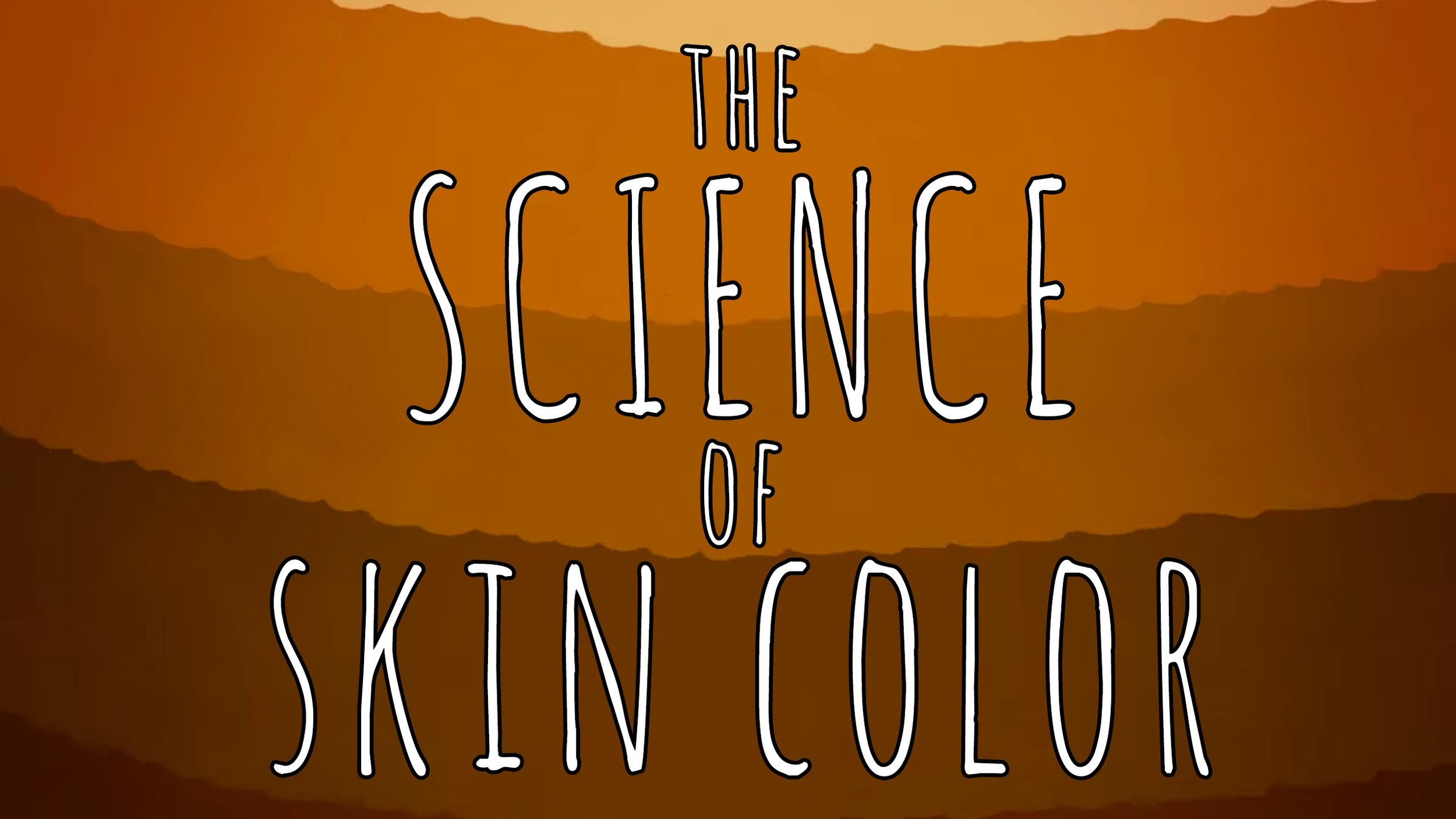Corn Cob Sprouting in Water
Description: This dramatic time lapse shows corn kernels sprouting over time. Each of the kernels represents a new corn plant and so corn cobs represent a wonderful organism for studying genetics. In elementary this phenomenon can be used to show what plants need to survive. In secondary students can investigate specific crosses, analyze patterns in the offspring, and could even study transposons "jumping genes".
Web Resources: Why Is Our Corn Changing? - Next Gen Storylines, Corn Genetics - Biology4Friends, Corn Genetics - Wikipedia
The Potential And Ethics Of CRISPR
Description: CRISPR stands for Clustered Regularly Interspaced Short Palindromic Repeats. It is an immune system in bacteria that has been co-opted by scientists to create a powerful DNA editing tool. It is a powerful tool that can be used in research and may eventually eliminate certain diseases. However it also could allow humans to create designer babies and through the use of gene drives eliminate certain problem species (like mosquitoes) forever. CRISPR, as a new technology, can be used to give meaning to a unit on inheritance and variation.
Web Resources: CRISPR - Wikipedia, The Ethics of CRISPR - Fast Company
Hemingway’s Polydactyl Cats
Description: The author Ernest Hemingway was given a six-toed cat that his son named Snow White. His former home in Key West, Florida was turned into a museum and houses nearly 50 cats that are ancestors of this original cat. Cats with extra digits are called polydactyl cats and have inherited a dominant gene. Roughly half of the cats are polydactyl. This phenomenon could be used to study inheritance and variation.
Web Resources: Hemingway Cats: The Felines That Rule Papa's Key West Estate - Paw Culture, Polydactyl Cats - Wikipedia
Malaria and Sickle Cell Anemia
Description: Sickle-cell anemia is caused by a single nucleotide mutation in the β-globin gene of red blood cells. This creates incorrectly structured proteins and red blood cells with a characteristic "sickle" shape. This harmful mutation does not affect carriers of the disease. However this mutation can be beneficial in certain areas because it offers protection from malarial infections. This phenomenon can be used in a unit on genetics or evolution.
Web Resources: The Making of the Fittest: Natural Selection in Humans - HHMI, Sickle-cell Disease - Wikipedia
Why Do Humans Have Different Colored Skin?
Description: Human skin color can change in response to environmental changes (i.e. getting a sunburn or a suntan). However the root cause of our skin color is genetic and comes from our ancestors. UV radiation causes damage to the DNA in our cells and can lead to various forms of cancer. If your ancestors lived in an area that received large amounts of UV radiation (i.e. closer to the equator) humans evolved darker skin for protection through the process of natural selection. However light is also important since it allows humans to synthesize vitamin D. Therefore if your ancestors lived in an area that receives little light (i.e. near the poles) they evolved lighter skin.
Web Resources: Human Skin Color - Wikipedia, The Biology of Skin Color - HHMI





